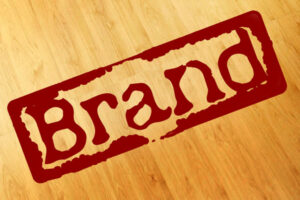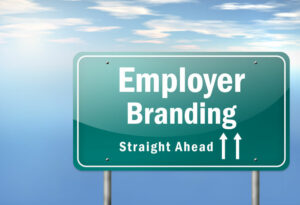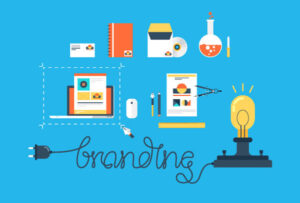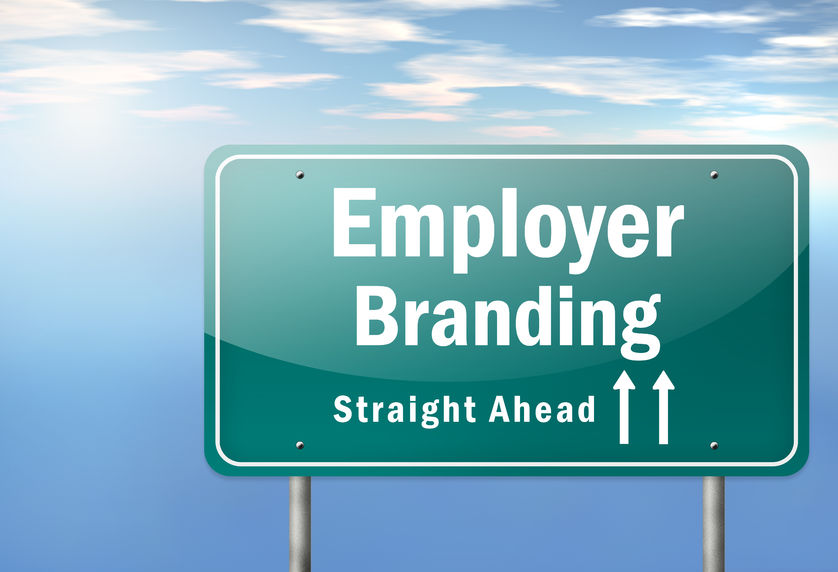 I began my career in Employment Branding in way back 2002.
I began my career in Employment Branding in way back 2002.
Since then, a great many people have asked me about the early steps you need to take (in the first couple of months) in building a robust and cost effective Employment Branding Program from the ground up for a company that previously had no such program.
An early decision you will need to make is a budgetary one.
In other words, do you have the complete resources and budgets to partner and engage one of the big named/well known advertising firms to build your Employment Branding Program, or can you, by using in-house resources, other departments and fellow colleagues, attempt this effort yourself?
After joining the firm (or moving into the role of Employment Branding Manager/Director) your first steps should be organized around ascertaining how your organization’s employment brand is perceived by key constituents both inside AND outside your company.
4 things to help get a fix on your employment branding
Inside your company you can:
- Conduct focus groups with employees to identify the state of your company’s internal brand and purpose (i.e., employee affinity groups);
- Conduct a Q&A with new hires during onboarding (at new employee orientations) about your “firm’s reputation and image;”
- Review the internal organizational surveys your company conducts. This effort calls for building a partnership with your Organizational Development folks);
- Lastly, you should re-review exit interview results, and possibly conduct a new survey of former employees about their views on the company and their reasons for leaving.
 This is a critical and necessary step, as the information you gather from all of these sources and groups will be used in developing and testing your company’s employee value proposition (EVP). Remember, your EVP will be used in:
This is a critical and necessary step, as the information you gather from all of these sources and groups will be used in developing and testing your company’s employee value proposition (EVP). Remember, your EVP will be used in:
- Offer letters;
- New hire onboarding and welcome emails;
- Radio commercials;
- Video commercials;
- Marketing materials (U.S. and global);
- Toolboxes;
- External/internal career websites;
- University campus flyers;
- Table tents and trade booth displays;
- Etc.
Your key steps during the first 100 days
Also, let me not forget to mention the very important role that Recruitment Marketing can play in developing and burnishing your local, regional, global and “target segmented” Employer Brand.
At the beginning of these first 100 days, you will need to review all of your Recruitment Marketing materials, websites, trade show exhibits, giveaways, trinkets, videos, commercials, slogans, and social media pages and sites. You will also need to make sure that your marketing materials are infused with diversity and lots of diversity images. In some cases, much like with your Employment Brand, I recommend that you consider and develop specific marketing materials and sites for specific talent pools, populations and channels you want to impact and nourish.
Your next steps should be establishing and building partnerships with key colleagues and internal departments which can help you implement, disseminate and communicate the future of your Employment Brand. Some of these key departments are: Organizational Development (previously mentioned), Corporate Communications, and Public Affairs (this area was particularly helpful to me at Monsanto in a variety of ways in building an Employment Brand).
 Corporate Communication can help employees communicate the Brand Message, Brand Promise and Brand Mantra. And by the way, you should use the Corporate Communications staff for help with your Best Place to Work awards application effort, as I did. Some others to work with are the webmaster for your company’s overall website (and the career website), the graphics department, Human Resources, and Corporate Marketing.
Corporate Communication can help employees communicate the Brand Message, Brand Promise and Brand Mantra. And by the way, you should use the Corporate Communications staff for help with your Best Place to Work awards application effort, as I did. Some others to work with are the webmaster for your company’s overall website (and the career website), the graphics department, Human Resources, and Corporate Marketing.
Let me also point out how critical developing a partnership with Corporate Marketing must be because of the necessary alignment required for the Employment Brand with the Corporate Brand.
In my career, I was extremely fortunate that I joined Monsanto at a time when the overall Corporate Brand was being changed. I served (along with my manager) on the Marketing Department’s Corporate Brand Positioning team tasked with selecting a new Corporate Brand image and tagline for the biotech Ag Giant. Our Employment Brand program benefitted from that work.
One more thing: Measure the effectiveness of your efforts
Lastly, you need the buy in and help of HR leadership, the Human Resources generalists and line managers in implementing, executing and delivering the Employment Brand.
Another stage in this effort is to periodically measure the effectiveness of the program for possible tweaks. For example:
- Consult with your Talent Acquisition department to determine if your organization is attracting (and retaining) the right candidates.
- Consult with your HR groups to understand how employees are viewing the company.
- Personally talk to employees about their views of the organization and attend the various Town Hall meetings throughout the organization.
- Ask if your company’s turnover is decreasing.
- Find out if your firm is winning (or losing) any Best Place to Work awards.
- Meet with your Organizational Development people on employee survey results.
- Talk to college students and campus and faculty personnel about your firm’s employment image at key colleges and universities.
- Monitor social media to see what is being said about your firm’s reputation.
How to measure Employment Branding ROI
You obviously want to measure and report the results. In my Employment Branding Program, I had the following metrics for the ROI on the Employment Branding Program:
- 56 percent and 54 percent increases in total completed applications via the career website over a two-year period;
- Increased positive media coverage – in Ag industry publications, in St. Louis and Midwest publications, in national news outlets, and, in University and Ag related organizational publications;
- Greater employee engagement as measured by internal survey, and more HR prestige;
- Increased diversity in the number of applicants; and,
- Single digit employee turnover.
Needless to say, your firm’s Employment Brand should be synched up and consistently promoted and optimized through all of your Social Media outlets and channels. Some other things to consider would be to view (and adapt) your Employment Brand vis-a-vis specific talent pools you are targeting; your Diversity Employment Brand; and your University Relations’ Employment Brand, etc.
Top talent seeks out the top companies
Your first 100 days in developing and executing an Employment Branding Program from scratch will be exciting and rewarding. The benefits of the program are critical.
This bears repeating: Top talent wants to work at top firms. So, a world class Employment Branding Program will not only benefit your Talent Acquisition strategy, but also the company’s overall financial value to its shareholders.
In your next 100 days, you can focus on creating a Brand Ambassador Program composed of your top performing employees who best represent your Employment Brand and its message. You could also meet with senior HR Leaders and get approval for incorporating (enterprise wide) some elements of the Employment Brand messaging, as it relates to employee behavior, into the performance appraisal process.
The larger goal is simple: To reinforce the company’s expectations around the desired brand image it wants its employees to project to customers. If you can do that, you’ll have no problem landing the top talent you seek.
Authors
Johnny Torrance-Nesbitt
John “Johnny” Torrance-Nesbitt is an award-winning Global Employer Branding & Global Talent Acquisition executive with 15 plus years in building/leading global and regional talent acquisition and employer branding functions at several global Fortune 500 companies. He is global working in Global Employer Branding and was an Employer Branding Director at Randstad and has been Director of Employment Branding & University Relations at Monsanto in St. Louis for over five-plus years where he won four consecutive “Rapid Recognition Awards” for superior achievements. Prior to that, he was at Lockheed (corporate hdqts) in Maryland as head office Corporate Staffing Supervisor & Senior Recruiter, and he built the global recruiting forUnext.com, an innovative Chicago start-up. Johnny was also nominated in 2018 by his former organizational behavior professor, Dave Ulrich, for the prestigious “Employer Brand Leader of the Year 2018 (Global Leader Category.)” and by others in 2019. He is also a volunteer appointed a judge for Employer Brand Management Awards and the Web Marketing Association and a writer. Mr. Nesbitt holds a Bachelors in Anthropology from Amherst with Dean’s List honors. While he lived in England, he engaged with the US Embassy there and has a citation from the U.S. Embassy in London for his assistance on “equal access for Americans to UK opportunities.” He obtained his MBA in Finance in 1988 (and a Fellowship Winner) and then worked 3 years in Corporate Finance for First Chicago Capital Markets, Inc. You can follow him on Twitter @JohnnyTorrNesbi, or connect with him on LinkedIn.
Recruit Smarter
Weekly news and industry insights delivered straight to your inbox.





